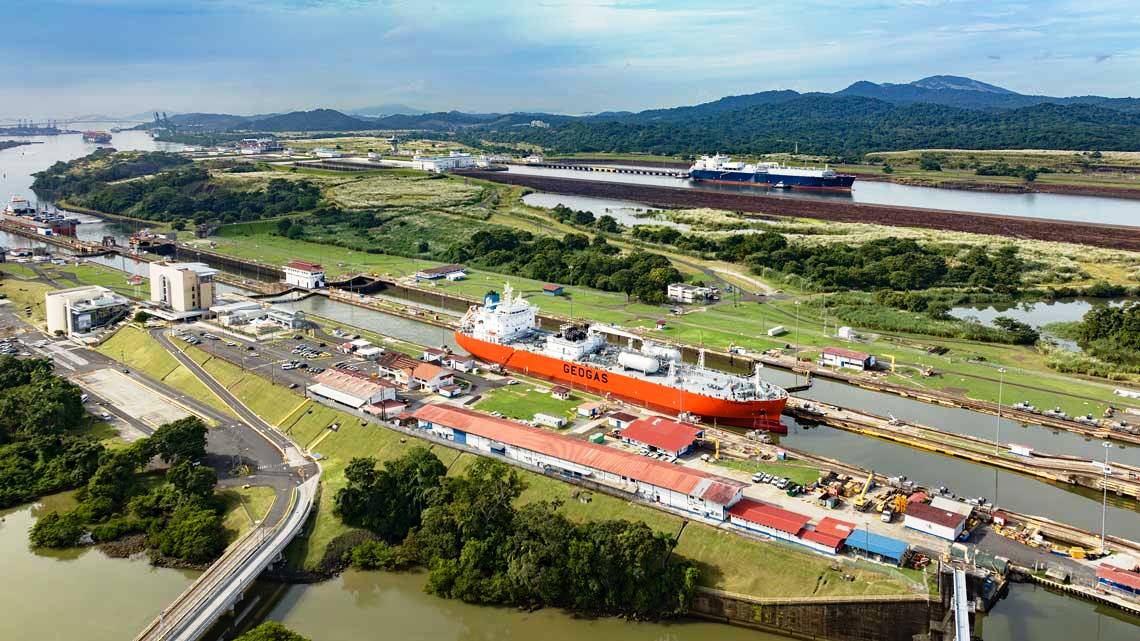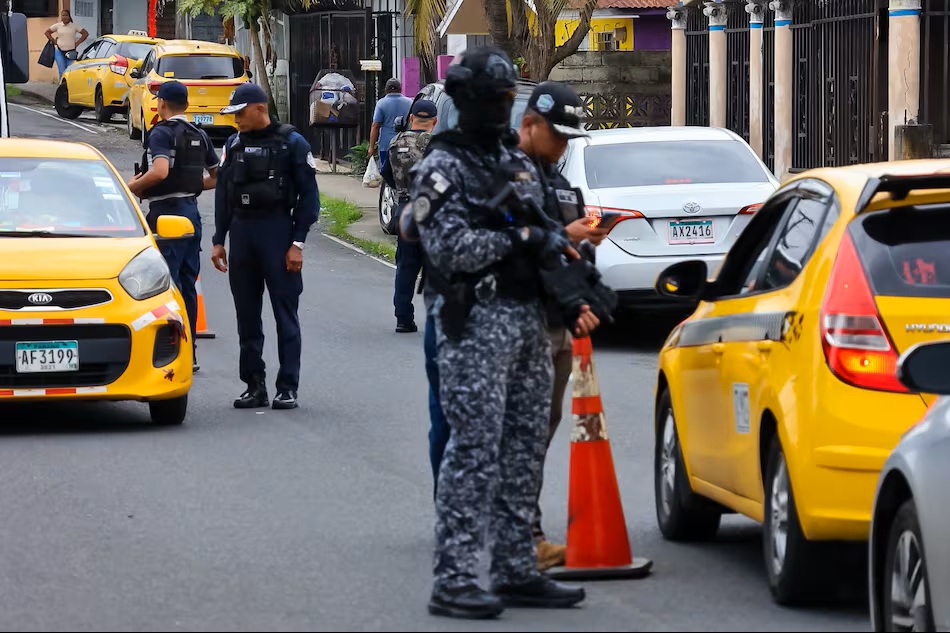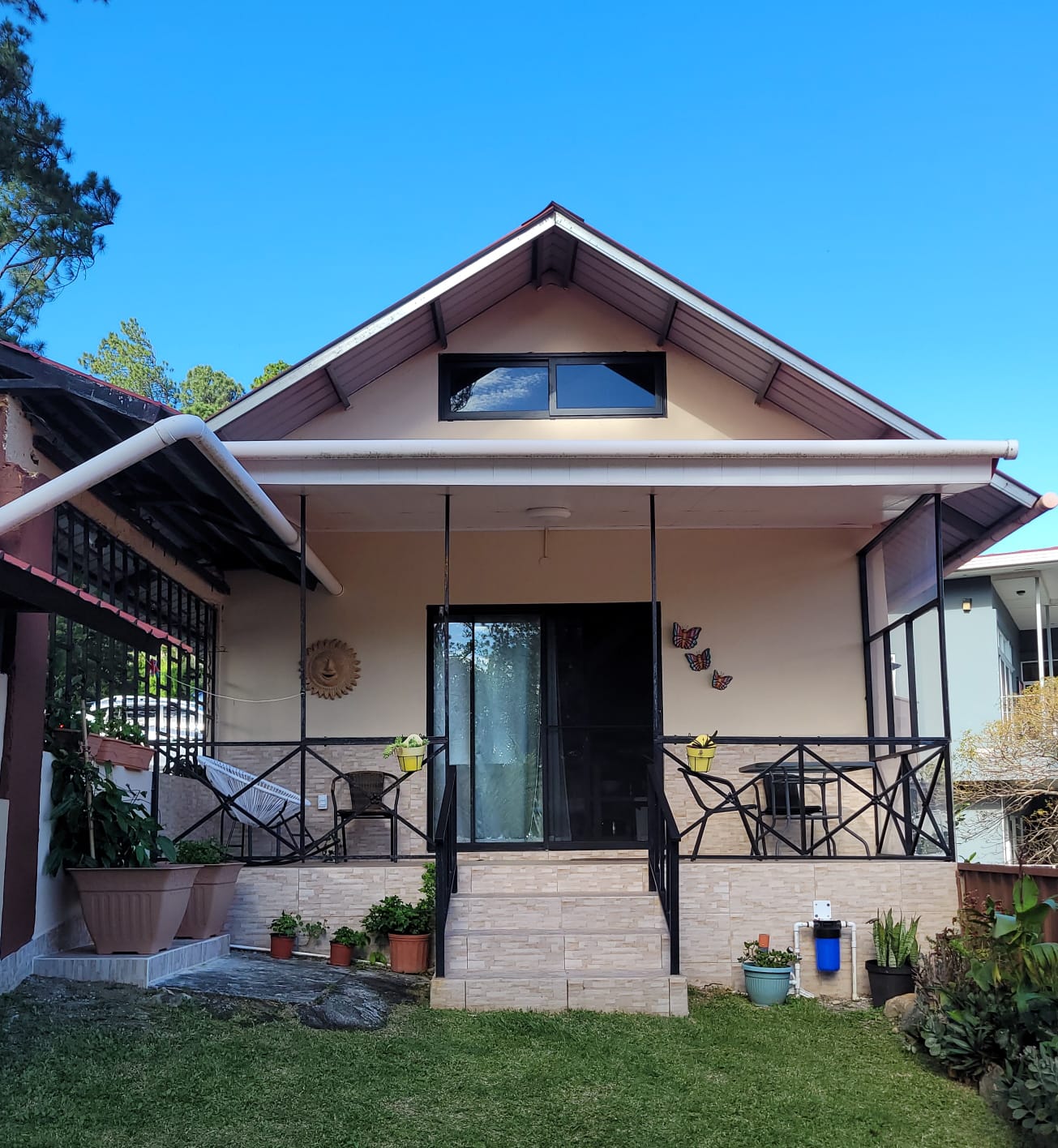Traffic through the Panama Canal Grew 30.4% in April
An additional 1,310 Panamax vessels and 343 Neopanamax vessels transited through April 2024. Container ships continue to lead the way. In addition, the ACP launched the “NetZero Slot,” an incentive or space reserved for low-carbon vessels.

Cumulative traffic through the Panama Canal in April 2025 reached 7,083, an increase of 1,653, or 30.4%, compared to the 5,430 reported in the same period last year. The 7,083 vessels that transited through the locks correspond to 5,175 Panamax vessels and 1,908 Neopanamax vessels, according to cumulative Panama Canal traffic data by market segment and lock type, through April of fiscal year 2025. With the results, the number of Panamax aircraft grew by 1,310, while the number of Neopanamax aircraft grew by 343, after 3,865 Panamax aircraft and 1,565 Neopanamax aircraft were reported the previous year.
By April 2025, cumulative traffic of Neopanamax vessels was led by container ships (1,108) and gas tankers (642), followed by bulk carriers (38), passenger carriers (38), tankers (29), liquefied natural gas carriers (24), vehicle carriers (21), other carriers (6), and chemical tankers (2). In the case of Panamax, chemical tankers (1,269), bulk carriers (1,251) and container ships (569) predominated. They were followed by vehicle carriers (485), gas carriers (437), refrigerated carriers (347), general cargo (255), tankers (224), other (176), passenger (160) and liquefied natural gas (2).
Resilient Year
The Panama Canal closed with 9,944 vessel transits in fiscal year 2024 (FY2024): 2,856 neopanamax and 7,088 panamax. It registered 423 million tons transported, a 5% reduction in operating costs. Amid the drought that affected the region during 2024, the Canal implemented adjustments to vessel draft and transit to ensure sustainable use of water resources, prioritizing water consumption for more than 50% of the population supplied by Gatún and Alhajuela lakes. Despite the challenges posed by the 2024 El Niño phenomenon, the Panama Canal has demonstrated remarkable resilience thanks to the work of its workforce, whose labor has kept the waterway operational, Panama Canal Administrator Ricaurte Vásquez Morales emphasized when presenting the financial results for FY2024. Vásquez emphasized the work the Canal faced amid the climate challenge caused by the lack of rainfall as a result of the El Niño phenomenon, which required a series of water-saving measures, as well as the implementation of environmental sustainability actions, as a strategy to preserve Panama’s profitability and reliability as a maritime route.
Zero Emissions
To continue improving its transit system and adapting it to market innovations, the Canal launched the “NetZero Slot” initiative, a transit space reserved for low-carbon vessels, as a strategy to incentivize customers on its path to decarbonization. Beginning October 5, 2025, the Panama Canal will launch the first phase of a weekly “NetZero Slot” for Neopanamax vessels that meet low-carbon emission requirements. This quota will not be offered through an auction as previously announced, but will be offered in the Period 1A competition, approximately 30 days prior to the transit date. This first phase will recognize vessels equipped with dual-fuel engines that use, as a minimum, a fuel with a carbon intensity of less than 75 gCO2(e)/MJ, from extraction to fuel combustion (WtW, Well to Wake).
The specifications for a second phase (scheduled for 2026) will be notified in due course through a Notice to Shipping Companies. Vessels selected for the NetZero Slot initiative will be eligible for the following benefits: choice of transit date within the week offered, guaranteed 24-hour transit time, and just-in-time (JIT) service included. “NetZero Slot” seeks to be the initiative developed by the Panama Canal to reaffirm the interoceanic route’s leadership as one of the safest and greenest on the planet, recognizing the Canal’s commitment to the maritime industry and the future of the planet. Ilya Espino de Marotta, Deputy Administrator and Sustainability Officer of the Panama Canal, noted that this step joins other initiatives being developed with the vision of contributing to the global goals of efficiency and effectiveness in maritime operations by reducing the carbon footprint.
“By incentivizing investment in vessels capable of using low-carbon fuels and energy-efficient technologies, we are recognizing and rewarding our customers who are leading the transition to a more sustainable future, while we await the development of regional infrastructure and logistics that will allow us to make steady progress toward global decarbonization goals,” said Espino de Marotta. The deputy administrator emphasized that with the “NetZero Slot,” the Panama Canal continues to advance the path toward cleaner and more sustainable maritime transport, recognizing and rewarding its users’ efforts to achieve net-zero carbon emissions by 2050.





